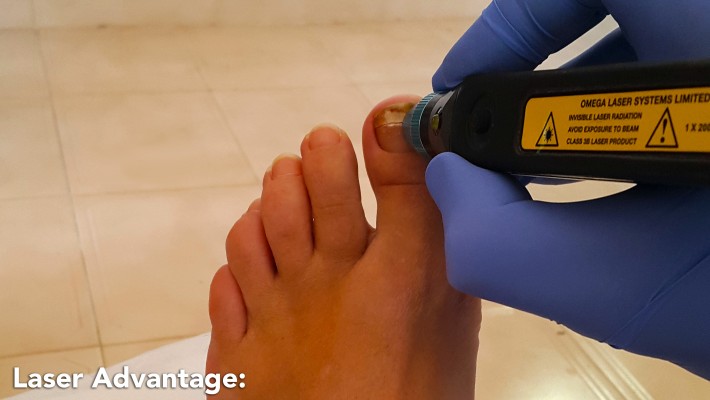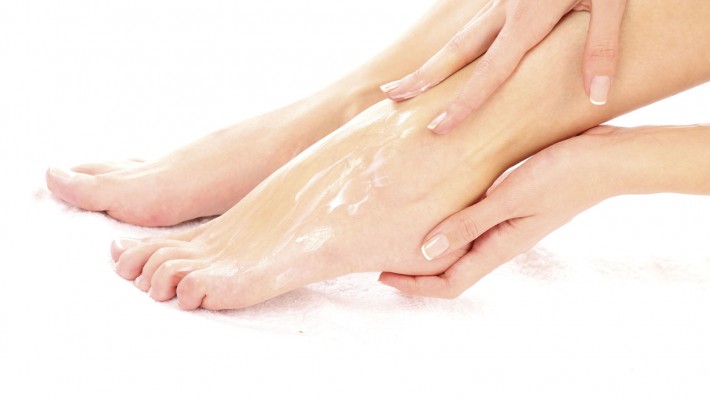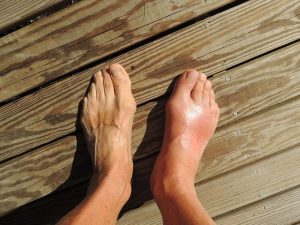Fungal nails, Onychomycosis affect about between 10% and 40% of the population depending which survey you believe, judging by the amount pharmaceutical companies are prepared to spend on national television advertising there are a lot of people suffering with this condition.
Fungus usually presents as discoloured nails darkened, green/yellow or even white the nail is often crumbly and friable and may or may not be thickened. I am often asked ‘how did I catch this’ and my usual response is damage is the most common cause. The nail is damaged either from acute trauma like kicking the curb, or from more chronic trauma like tight footwear.
The damage to the nail allows the fungus to get into the nail and start eating away at the keratin; the protein nails are made of.
There are other conditions which may look like fungus these include psoriasis and onychomycosis or thickening of the nail. So the first visit is always important to establish that the problem is fungus and not something else.
Before laser the only effective treatments fungal nails were topical paints and lacquers and tablets and although these treatments can be effective they do have their drawbacks as well. Tablets do have potential side effects, liver damage being the one of most concern, but also other less serious problems.
Paints and lacquers work well for fungal nails but require the nail to be cut right back and the treatment takes a long time sometimes more than a year. So people give up or stop before the problem has fully resolved.
The advantage of laser is that it is effective 70/80% success rate, painless no side effects and the patient doesn’t have to do anything themselves.
SO WHAT DOES FUNGAL NAILS TREATMENT INVOLVE?
Well once it is established that it is fungus then treatment starts with cutting the nail back and removing as much infected nail as possible. This has two purposes, one it makes the nails look a whole lot better and two it helps the treatment to be more effective.
Then laser is applied to each affected toe for four to six minutes
THIS IS A PAINLESS PROCESS
Initially four sessions are required and I usually spread them out over a couple of months, as we still have to wait for the nail to grow to see progress. Often only four sessions are required but sometimes I will do a follow up a month or so later and laser again then if required.
If you are interested or require more information about Fungal Nails why not visit my website www.footpodiatrist.com or give me a call on 686912307, if I’m with a patient and do not answer, leave a message and I will call you right back.





